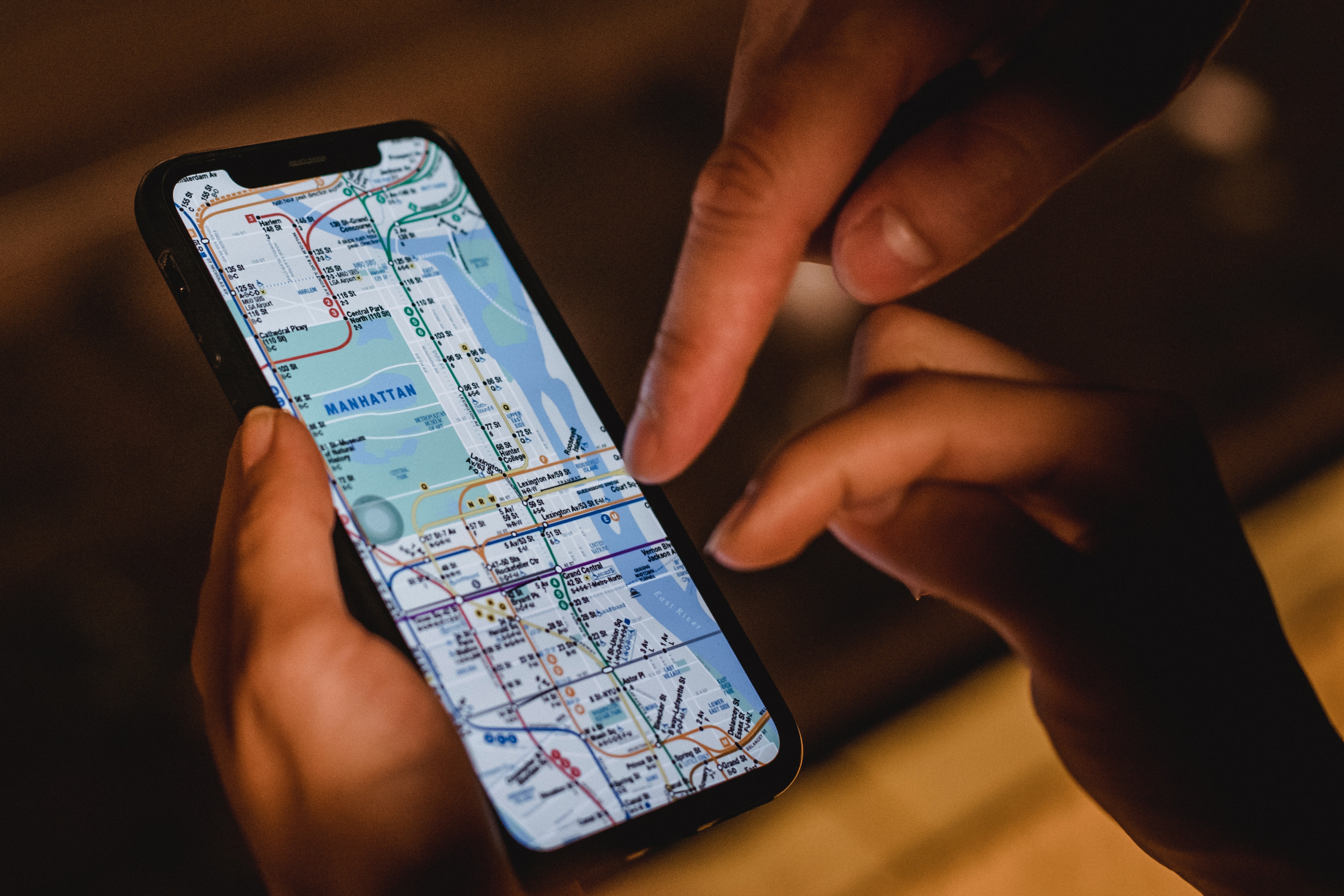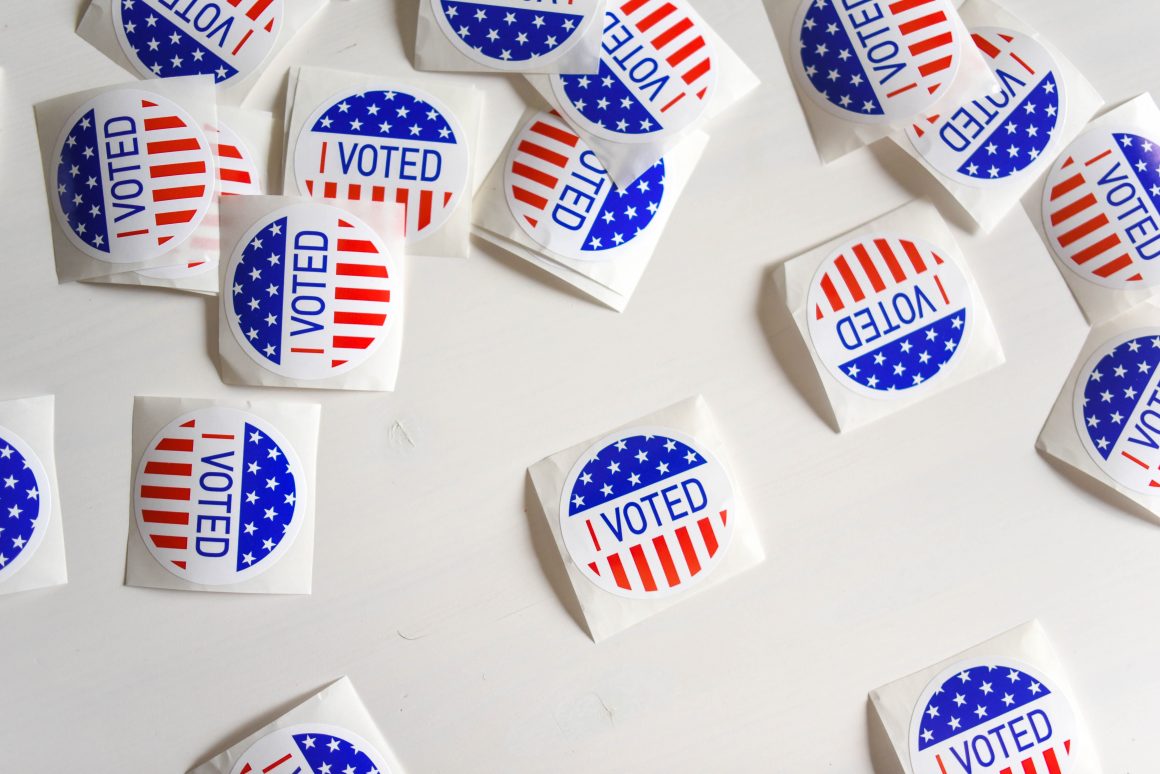Geofencing vs Geotargeting: What's the Difference?
Geofencing vs Geotargeting: What’s the Best Option for Your Campaign? When it comes to geofencing vs geotargeting, don’t make the mistake of thinking...

When it comes to beacons vs. geofencing, it’s important to know what they can do so you can pick the best option for your business. Find out how beacons and geofencing work and which you should pick for your next ad campaign.
Geofencing establishes a geographic region using GPS and creates a digital fence. Any user who has a mobile device within that fenced area is then targeted by the geofencing campaign and served an ad. Alternatively, you can use demographic information to narrow the ads to a specific subsection of users within the area.
Geofencing isn’t limited to those currently within the geofenced area. It’s also possible to target anyone who has been in the defined area within the past 30 days.
When deciding between geofencing and beacons, the biggest determining factor is what you are trying to accomplish. Different goals require different tools.
Businesses choose to use geofencing for broader targeted area advertisements. This can be as small an area as the footprint of your store, but can also be used to target larger areas within your city.
While geofencing has a larger targeting footprint and is less accurate than beacons, it requires no additional hardware, wifi, or Bluetooth to function (although wifi and Bluetooth can both make geofencing more accurate, especially in buildings and other areas where cell signals may be weak). Geofencing leverages GPS services in mobile devices, which means any company can quickly use geofencing without additional installation or setup costs.
Additionally, while geofencing can be used in conjunction with an installed application, it can also target consumers within geofenced areas through advertisements on websites and social media, even if they don’t have your app installed.
Beacons are best used to target and interact with customers in your store. Beacons can help improve the overall shopping experience by providing hyper-specific personalized messages to customers but are limited to the distance of the physical network established by the beacons.
Unlike geofencing, beacons have to be bought, installed, and set up to function properly. Furthermore, customers need to have Bluetooth activated on their mobile devices. Unless they use it frequently, they may usually keep it off to preserve battery life.
Beacon programs also require customers to download and install an app and allow access to their device from the Bluetooth network. While this may work for dedicated customers, first-time or skeptical customers may be turned off by these requirements.
For most companies, geofencing is a better option than beacons because it is more cost-effective. With Agility Digital, even small companies can quickly make and manage multiple geofencing campaigns without having to buy and install beacons in their store or worry about forcing customers to download an app.
At Agility, we help brands meet their goals and spend advertising dollars efficiently. Contact us today for more information about geofencing and digital marketing.

Geofencing vs Geotargeting: What’s the Best Option for Your Campaign? When it comes to geofencing vs geotargeting, don’t make the mistake of thinking...

Mobile advertising is one of the most effective forms of advertising on the internet. With mobile users now accounting for the majority of traffic on...

A key part of any political campaign is voter awareness. Voters won’t vote for someone they don’t know, trust, or understand.